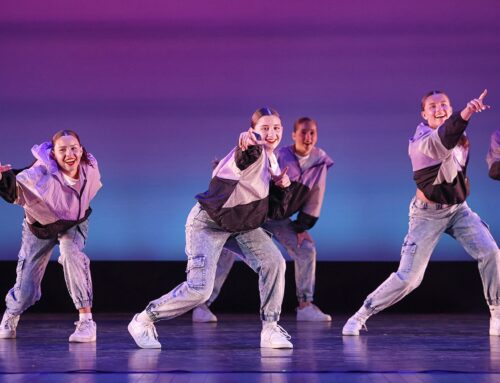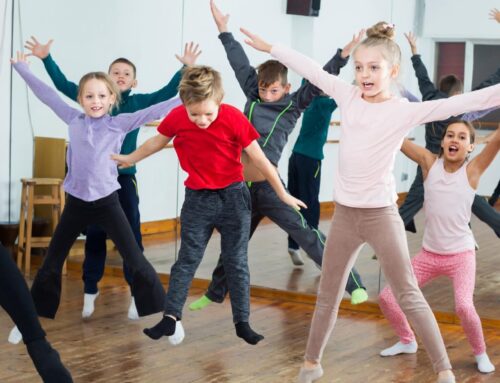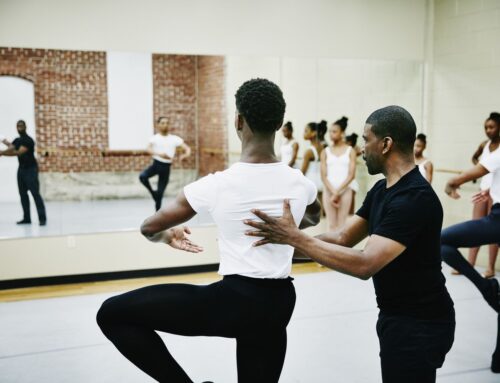The world of dance continues to evolve as more families recognize the tremendous value it offers young male dancers. Despite lingering social misconceptions, boys who participate in dance classes in Greenacres, FL, and communities nationwide are discovering a powerful outlet for physical development, creative expression, and personal growth. Dance offers boys unique opportunities to build strength, coordination, and confidence while developing artistic abilities that will serve them throughout their lives. This exploration examines how dance breaks down outdated gender barriers and reveals the many ways movement education benefits young men. Understanding these advantages helps parents and communities support boys who choose dance as their passion.
Challenging Gender Stereotypes
Society has long maintained outdated beliefs about which activities suit boys versus girls, but dance transcends these artificial boundaries. The movement represents a universal language that speaks to human expression regardless of gender, offering boys the same opportunities for artistic development as their female counterparts.
Boys who choose dance demonstrate courage in pursuing their interests despite social pressures. They discover that strength comes in many forms, from the explosive power required for jumps to the controlled grace needed for lyrical movements. These young dancers learn that masculinity and artistry can coexist beautifully.
Breaking free from limiting stereotypes allows boys to develop their full potential without conforming to narrow expectations. Dance studios that welcome male students create environments where all children can freely explore movement, developing skills that benefit them in numerous areas of life.
Progressive communities increasingly recognize that dance offers boys valuable tools for self-expression and personal development. Parents who support their sons’ interest in dance help dismantle barriers that have historically limited opportunities for young male artists.
Physical Benefits of Dance
Dance training provides comprehensive physical development that enhances overall fitness and athletic performance. Boys who participate in regular dance classes develop superior flexibility, strength, and coordination compared to many traditional sports activities.
The varied movements required in different dance styles simultaneously target multiple muscle groups, promoting balanced physical development. From the leg strength needed for jumps to the core stability required for turns, dance builds functional fitness that translates to other physical activities.
Cardiovascular benefits from dance training are comparable to those of traditional athletic pursuits. Extended rehearsals and performances build endurance while improving heart health and stamina. The rhythmic nature of dance also enhances timing and coordination skills.
Balance and proprioception improve significantly through dance training, as dancers must maintain control while executing complex movements. These skills reduce the risk of injury in other activities and contribute to overall physical confidence.
Regular dance practice promotes better posture and body awareness, helping to counteract the effects of sedentary lifestyles. Boys learn to carry themselves with poise and control, developing a physical presence that serves them well in all aspects of life.
Emotional Expression and Confidence
Dance provides boys with healthy outlets for emotional expression that might otherwise remain suppressed. Through movement, young dancers learn to channel feelings constructively, developing emotional intelligence alongside physical skills.
The process of learning choreography and performing builds self-confidence as boys master challenging movements and see their progress over time. Each accomplished routine reinforces their ability to set goals and achieve them through dedication and practice.
Performance opportunities allow boys to experience the satisfaction of sharing their artistry with others. Whether in recitals, competitions, or community events, these experiences build stage presence and public speaking confidence that benefits them academically and professionally.
Dance classes create safe spaces where boys can explore different aspects of their personality without judgment. This emotional freedom helps develop well-rounded individuals who are comfortable expressing themselves authentically.
The discipline required for dance training teaches boys to manage frustration and persist through challenges. These emotional regulation skills prove valuable in academic settings and future career endeavors.
Fostering Creativity and Artistic Skills
Dance education cultivates creativity by encouraging boys to interpret music and express ideas through movement. This artistic development enhances problem-solving abilities and innovative thinking, which apply to many fields.
Learning different dance styles exposes boys to various cultural traditions and artistic expressions, thereby broadening their worldview and enhancing their appreciation for diversity. From hip-hop to ballet, each style offers unique perspectives on movement and artistry.
Choreography opportunities allow advanced students to create original works, developing leadership skills and artistic vision. Boys who compose their dances learn to organize ideas, work with others, and bring creative projects to completion.
Musical interpretation skills developed through dance enhance overall artistic appreciation and may spark interest in other creative pursuits. Many dancers develop strong connections to music that last throughout their lives.
The storytelling aspect of dance helps boys develop narrative skills and emotional depth, contributing to better communication abilities and empathy for others’ experiences.
Building Community and Support
Dance studios often become second homes, where boys find mentorship, friendship, and a sense of belonging. These communities provide positive peer relationships centered around shared goals and mutual improvement.
Older dancers frequently serve as role models for younger students, creating mentorship opportunities that benefit both parties. These relationships help boys develop leadership skills while receiving guidance from experienced peers.
Competition teams and performance groups build teamwork abilities as boys learn to coordinate their efforts with others toward common goals. These collaborative experiences teach valuable lessons about cooperation and mutual support.
The dance community often extends beyond individual studios, connecting dancers with regional and national networks who share their passion. These broader connections provide ongoing inspiration and career pathway information.
Supportive dance environments help boys develop resilience and perseverance as they learn from both successes and setbacks in a community that values growth over perfection.
Related Topics:
- Ballet Classes for Teens: Why It’s Never Too Late to Start
- 5 Tips for a Great First Dance Class Experience: A Beginner’s Guide




